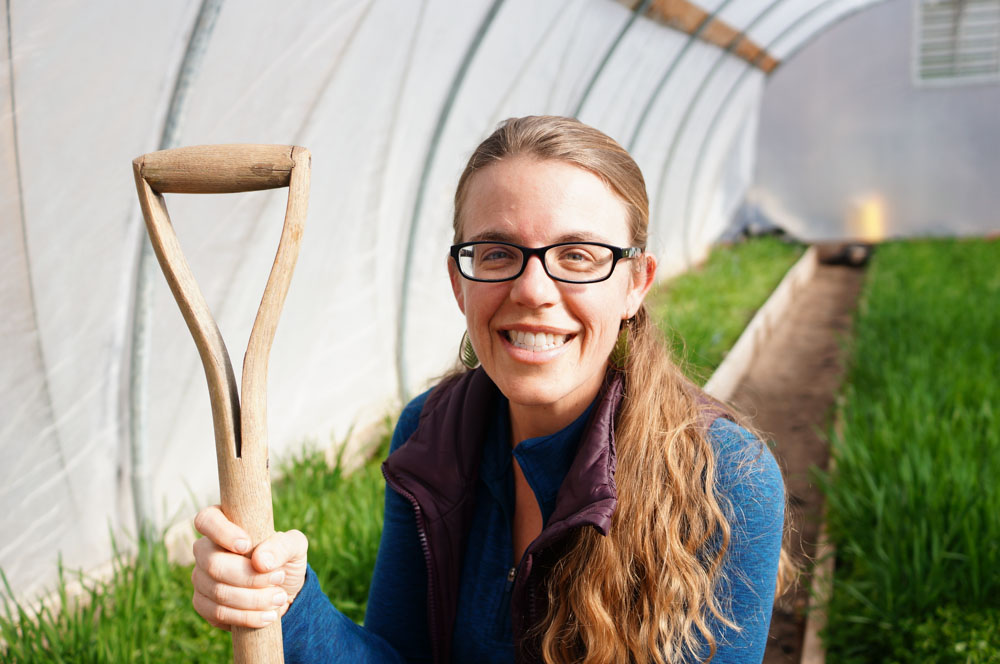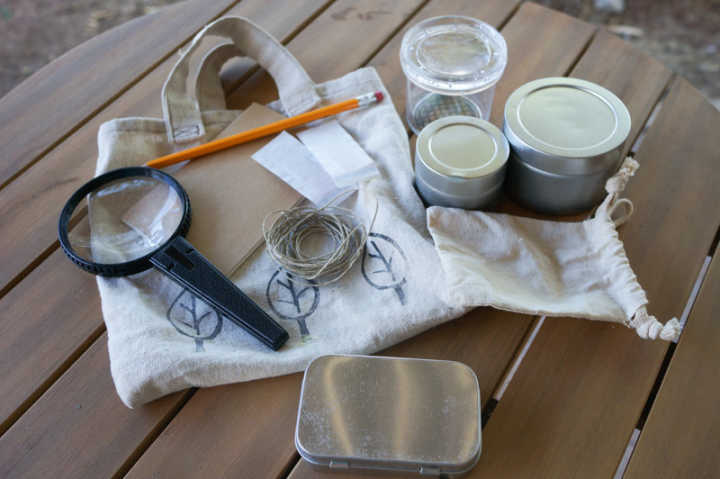Explore Summer: DIY Explorer Bags
Kids are explorers and young naturalists by nature. You can follow their lead and explore your home and the yard around it, even if it's just a tiny strip of grass and trees between the sidewalk and road. We’ve created a free printable Project Guide to help you do just that – by creating your own DIY Explorer Bags!
This project is inspired by two of our most beloved characters, Martin and Sylvia!
An Audio Story for Young Explorers
Martin and Sylvia love to explore their backyard. They are expert explorers and are always ready for an adventure.
Young listeners can learn more about this sibling pair and their love for exploring in the story “Really Explorers” from the At Home with Martin & Sylvia Collection. In the story, Daddy wakes brother and sister early one morning to hike Mount Mooseberry. He and Momma give them the added challenge of leading the way up the trail to discover magical secrets the mountain may be saving for them.
Brother and sister’s excitement for exploring helped us create this fun DIY tutorial for your own explorer bags.
Make Your Own Explorer Bags!
These bags are quick to put together and you might just have most of the items hanging around your house already.
You can download the free printable tutorial guide with tips and suggestions here.
For some more great ideas and a little help getting started, check out these helpful tips from Lisabeth, Sparkle Stories founder and Head-of-all-Things.
DIY Explorer Bag Project Overview
Materials:
- 1 canvas or reusable small tote bag
- 1 small notebook with blank pages
- 1 magnifying glass
- 1 pencil, sharpened
- Length of twine (pictured twine is hemp)
- Several small tins
- Magnifying insect box (can be purchased HERE)
- 2 band-aids
- 1 small cloth bag
How to:
Once you've gathered all of your materials, simply put them in the bag and place the bag by the door so it's always accessible and ready for exploring!
The materials I've included are the basic items in our bag, but feel free to add other things, such as a mini flashlight for night walks, a foldable insect, animal, or plant guide, crayons, tweezers, or ductape. As your child gets older you can adjust what items go into the bag and how large the bag is.
Resources:
About the Author

KC Pagano
KC is a full-time radical homemaker and mama to two spunky little girls. She writes about all kinds of radical goodness, from gardening and cooking with whole foods to crafting, sewing, homeschooling, and mama musings. Read more on her blog The Nettlesome Life.

